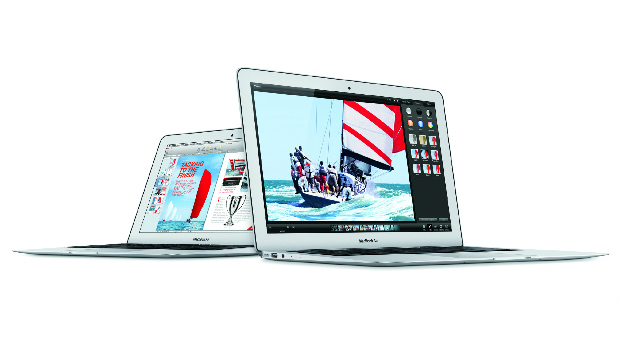The approach IBM wanted for its help desk is: “I don’t care if it’s IBM-owned or personally owned, a supported app or a not-supported app – the problems come to our door. We will take as long as is necessary to get you productive,” Previn said. “So it’s a very different model, I think, from a traditional helpdesk. And that’s what we tried to bring back to IBM.”
Site visit influence
An opportunity to visit Apple – in what Previn described as a friendly, one-IT-department-to-another offering – helped IBM’s IT team members visualise what they wanted for their own deployment.
“Apple is a lot more similar to IBM than you might think. They have 100,000 employees, they’re a tier-one credit card processor, they handle a lot of customer data and transactional data, they have retail stores all over the world with people wandering off the street and connecting to Wi-Fi. So they have normal enterprise problems,” Previn said. “But, they were managing a large number of people and devices with a significantly smaller set of resources than you would expect to see in a traditional PC environment. That was really interesting to us – how were they doing that?”
IBM came away from that visit with three best practices for its own deployment:
- Get people the right devices: “In this case Macs and iOS devices,” Previn said.
- Manage those assets in a modern way: “Not the 1999, Windows XP, Altiris agent, locked-down model, but manage your laptop in a way that’s a lot more familiar or consistent with the way that a mobile device is managed today.” That meant features such as cloud-based provisioning, zero-touch enrolment, app stores, and easy backup and restoration of data.
- Drive self-sufficiency and simplification in the environment: Simplifying the support portal, creating productivity apps for people, and allowing people to self-solve problems were priorities.
“If you did those things correctly, you could then afford to staff a different kind of helpdesk with people who are qualified and actually know how to solve the problem,” Previn said.
Success in a box
IBM’s IT staff uses Apple’s Device Enrolment Programme and Casper Suite to be able to ship employees a shrink-wrapped Mac that’s ready to go. “We’re buying the same Mac that you’d wander into any Apple store and buy yourself,” Previn said.
A sticky note on the box directing users to a URL “would be the sum total of the instructions that you would need to get your Mac up and running,” Previn said. “That’s very different than the process that has existed in the past.”
The enrolment process handles the installation of Lotus Notes, adds the VPN client and Wi-Fi certificates, sets the password policy, turns on disk encryption, and installs Java, for example.
All applications are delivered via self-service. Special requests, which used to require a convoluted approval process for users and managers, now happens via the same self-service pane. “If you need Microsoft Office, for example, you just click install. We still handle the license tracking and all those things on the back end, but [we don’t] expose user to that.”
Work in progress
There were some rough edges, and IBM continues to refine the programme with regular enhancements. For example, one iteration improved the enrolment process to include a progress bar as well as screens that dynamically re-size to the proportions of the equipment the employee is using.
The help desk continues to inform the engineering team of areas that could be improved, Previn said. “The help desk is sort of the early listening radar for problems coming into the environment that then move their way back over into the engineering team for problem resolutions. That’s really been a very effective cycle as opposed to just getting the same help desk tickets over and over again.”
Future plans
Looking ahead, IBM plans move from a traditional help desk setup to more of a Genius Bar-like setting at key IBM offices where users will be able to schedule appointments or take advantage of walk-up services.
IBM also plans to reinvest some of its savings into some advanced help desk technologies, such as holding a user’s place in line using call back, and Watson for voice recognition.
Ann Bednarz, IDG News Service





Subscribers 0
Fans 0
Followers 0
Followers